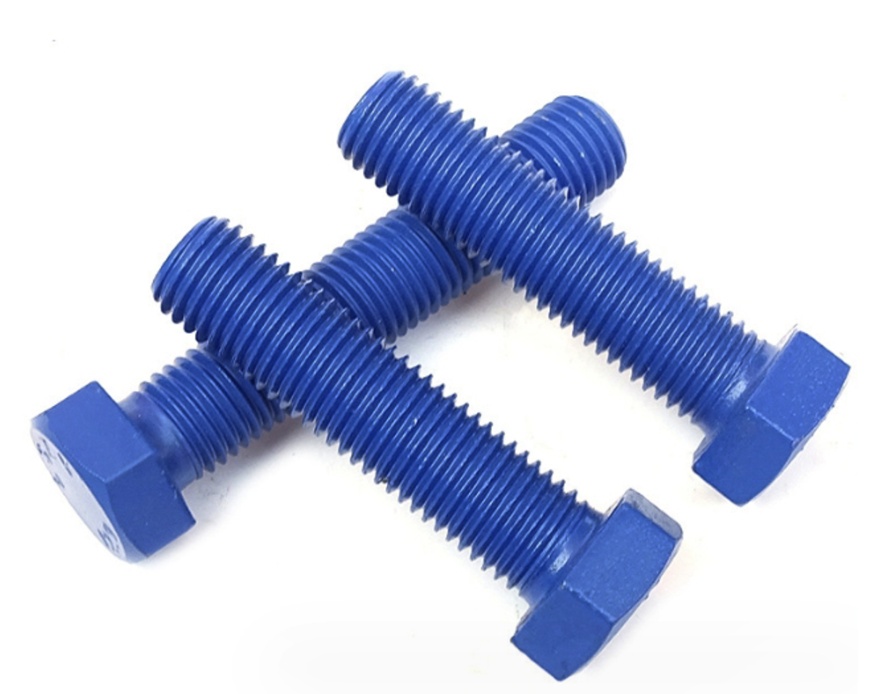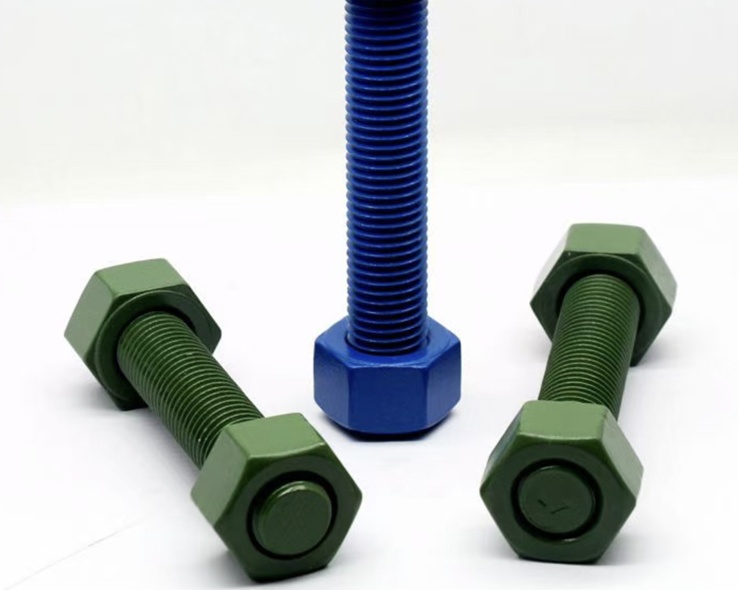Both Aluminum 5083 and Aluminum 6061 are popular marine-grade and structural aluminum alloys, but they have different mechanical properties, corrosion resistance, and applications.
The biggest advantage of 5053 aluminum is that it is highly resistant to corrosion. This makes it ideal for use in seawater environments. This alloy creates an oxide protective layer that protects it from the harmful effects of seawater.
5053 aluminum is highly resistant to rust due to its magnesium content, especially in marine environments. This metal forms an oxide film that protects it from salt water and other elements. As a result, it requires less maintenance and lasts longer than many materials. Its corrosion resistance makes it the preferred choice for marine applications such as hulls and docks.
5053 aluminum excels in marine environments because it resists salt water corrosion so well. This makes it one of the best materials for building boats and other nautical equipment. It remains strong even when constantly exposed to humid and salty air.
Ship manufacturers love to use 5053 aluminum to make hulls, decks, and other boat components. It’s lightweight, helps save fuel, and is strong enough to withstand harsh sea conditions. It can also be used to make rust-resistant parts such as cleats, railings, and ladders.
It also has the advantage of excellent weldability for tight, waterproof seams. This is essential to keep the vessel safe and secure. All of these benefits make 5053 aluminum the first choice in the marine industry.
Chemical composition of Aluminum 5083
| Element | Content (%) |
|---|---|
| Aluminum, Al | 92.4 – 95.6 |
| Magnesium, Mg | 4.0 – 4.9 |
| Mangnese, Mn | ≤ 1.0 |
| Silicon, Si | ≤ 0.40 |
| Iron, Fe | ≤ 0.40 |
| Chromium, Cr | ≤ 0.25 |
| Zinc, Z | ≤ 0.25 |
| Titanium, Ti | ≤ 0.15 |
Aluminum 6061
6061 aluminum is popular for its high strength and versatility. It is often used in structural parts and where high corrosion resistance is required. In contrast, 5053 aluminum is easier to weld. Due to its good corrosion resistance in seawater, it is more suitable for marine use. Both alloys are great choices, but choosing between 5053 and 6061 aluminum depends on your project needs
Chemical composition of Aluminum 6061
| Weight % | Si | Fe | Cu | Mn | Mg | CR | Zn | TI | Each | Total |
|---|---|---|---|---|---|---|---|---|---|---|
| Minimum | .40 | .15 | .80 | .04 | ||||||
| Maximum | .80 | .70 | .40 | .15 | 1.20 | .35 | .25 | .15 | .05 | .15 |
5083 and 6061 Comparison Chart
| Property / Feature | Aluminum 5083 | Aluminum 6061-T6 |
| Series | 5xxx (Al-Mg) | 6xxx (Al-Mg-Si) |
| Temper | H116 / H321 (commonly used) | T6 (heat-treated) |
| Strength (Tensile) | 275–317 MPa (40–46 ksi) | 310 MPa (45 ksi) |
| Yield Strength | 125–228 MPa | 276 MPa |
| Elongation | 12–16% | 12% |
| Hardness (Brinell) | ~75 HB | ~95 HB |
| Corrosion Resistance | ⭐⭐⭐⭐⭐ Excellent (Marine Grade) | ⭐⭐⭐ Good |
| Weldability | ⭐⭐⭐⭐⭐ Excellent (retains strength) | ⭐⭐⭐ Good (strength reduces in HAZ) |
| Machinability | ⭐⭐ Normal | ⭐⭐⭐⭐ Very Good |
| Marine Use | ✅ Ideal | Good |
Which One Should You Choose?
| Factor | Choose 5083 | Choose 6061 |
|---|---|---|
| Corrosion Resistance | You need superior corrosion resistance (e.g., marine, chemical environments). | Moderate corrosion resistance is sufficient. |
| Weldability | You need strong welds that don’t lose strength. | You can tolerate some strength loss in welded areas. |
| Strength & Hardness | High impact resistance is required. | You need higher hardness & tensile strength. |
| Machinability | Not a priority (5083 is harder to machine). | You need easy machining & anodizing. |
| Aesthetics (Anodizing & Polishing) | Not important. | You need a decorative or architectural finish. |
📌 If you need extreme corrosion resistance → Choose 5083.
📌 If you need strength & machinability → Choose 6061.

